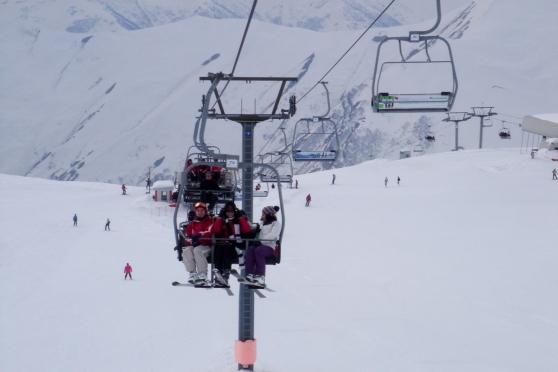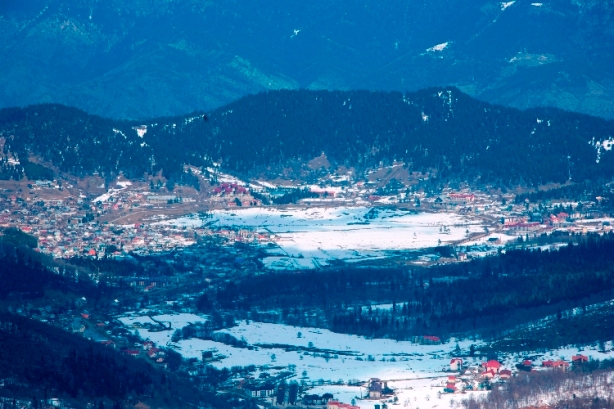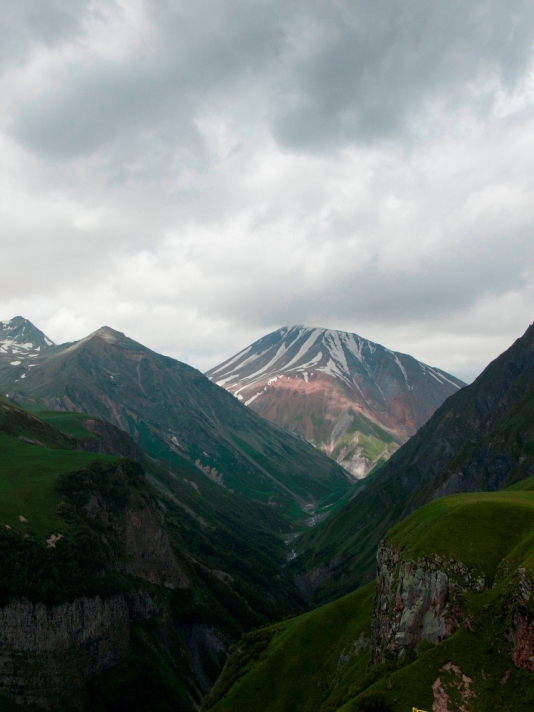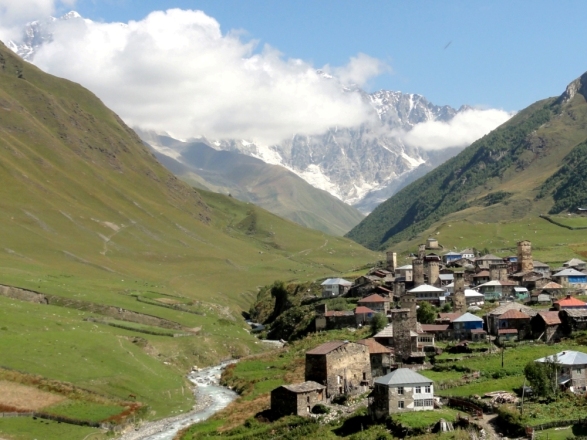Over time, an ever increasing number of destinations have opened up and invested in tourism development, turning modern tourism into a key driver of socio-economic progress through the creation of jobs and enterprises, infrastructure development and the export revenues earned.
As an internationally traded service, inbound tourism has become one of the world’s major trade categories. The overall export income generated by inbound tourism, including passenger transport, exceeded US$ 1 trillion in 2010, or close to US$ 3 billion a day. Tourism exports account for as much as 30% of the world’s exports of commercial services and 6% of overall exports of goods and services. Globally, as an export category, tourism ranks fourth after fuels, chemicals and automotive products. For many developing countries it is one of the main sources of foreign exchange income and the number one export category, creating much needed employment and opportunities for development.
The most comprehensive way to measure the economic importance of both inbound and domestic tourism in national economies is through the 2008 Tourism Satellite Account (TSA) Recommended Methodological Framework, approved by the UN Statistics Commission. Though many countries have taken steps towards the implementation of a TSA, relatively few have full, comparable results available. The knowledge and experience gained through the TSA exercise has certainly contributed to a much better understanding of the role of tourism in economies worldwide and allows for a tentative approximation of key indicators.
Based on the currently still fragmented information from countries with data available, tourism’s contribution to worldwide gross domestic product (GDP) is estimated at some 5%. Tourism’s contribution to employment tends to be slightly higher and is estimated in the order of 6-7% of the overall number of jobs worldwide (direct and indirect). For advanced, diversified economies, the contribution of tourism to GDP ranges from approximately 2% for countries where tourism is a comparatively small sector, to over 10% for countries where tourism is an important pillar of the economy. For small islands and developing countries, or specific regional and local destinations where tourism is a key economic sector, the importance of tourism tends to be even higher.
Key trends 2010:
- Worldwide, international tourism rebounded strongly, with international tourist arrivals up 6.6% over 2009, to 940 million.
- The increase more than offset the decline caused by the economic downturn, with an additional 23 million arrivals over the former peak year of 2008.
- In 2010, international tourism receipts are estimated to have reached US$ 919 billion worldwide (693 billion euros), up from US$ 851 billion (610 billion euros) in 2009, corresponding to an increase in real terms of 4.7%.
- As a reflection of the economic conditions, recovery was particularly strong in emerging economies, where arrivals grew faster (+8%) than in advanced ones (+5%).
Current developments and outlook:
- According to the April 2011 Interim Update of the UNWTO World Tourism Barometer, International tourist arrivals grew by close to 5% during the first two months of 2011, consolidating the rebound registered in 2010.
- According to the forecast prepared by UNWTO at the beginning of the year, international tourist arrivals are projected to increase in 2011 by 4% to 5%. The impact of developments in North Africa and the Middle East, as well as the devastating earthquake and tsunami that hit Japan in March, are not expected to substantially affect this overall forecast.
Long-term trend:
- Over the past six decades, tourism has experienced continued expansion and diversification becoming one of the largest and fastest growing economic sectors in the world. Many new destinations have emerged alongside the traditional ones of Europe and North America.
- In spite of occasional shocks, international tourist arrivals have shown virtually uninterrupted growth: from 25 million in 1950, to 277 million in 1980, to 435 million in 1990, to 675 million in 2000, and the current 940 million.
- As growth has been particularly fast in the world’s emerging regions, the share in international tourist arrivals received by emerging and developing economies has steadily risen, from 31% in 1990 to 47% in 2010.
In 2010, world tourism recovered more strongly than expected from the shock it suffered in late 2008 and 2009 as a result of the global financial crisis and economic recession. Worldwide, international tourist arrivals reached 940 million in 2010, up 6.6% over the previous year. The vast majority of destinations reported positive and often double-digit increases, sufficient to offset losses or bring them close to this target. Recovery came at different speeds – much faster in most emerging economies (+8%) and slower in most advanced ones (+5%).
Find UNWTO Tourism Highlights
here.













